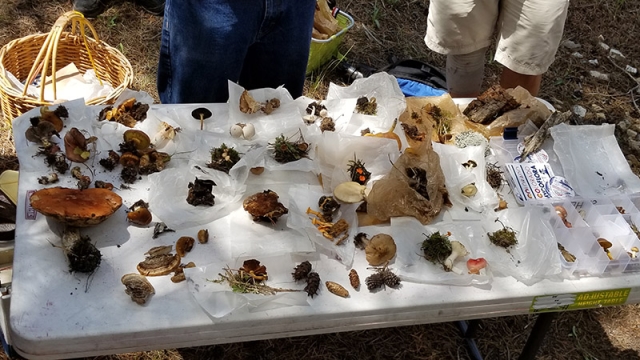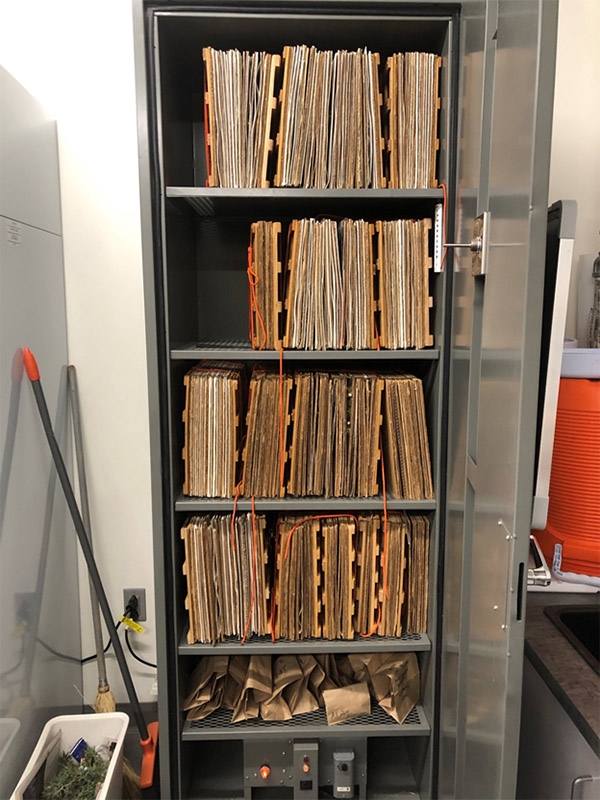Field Season Frenzy
Every summer and fall, when Colorado’s plants and mushrooms are in peak season, scientists at Denver Botanic Gardens rush outside to collect new specimens for the herbaria, as well as ecological data.
Springtime, before the start of field season, is always buzzing with excitement and anticipation of the busy months ahead. Before scientists do any collecting, they must gain proper permissions, as it is illegal to pick wildflowers and mushrooms without a collection permit. Once the green light to collect is on, researchers make sure they have enough collecting materials for the season. Mushrooms are placed in wax baggies and tackle boxes in the field to keep track of the specimens and their corresponding labels. For plants, researchers use newspaper, cotton blotter paper and cardboard all smashed together inside of a wooden press frame. Plant presses get put into a drying oven for several days at around 100°F. Mushrooms don’t get pressed, as this would squish them beyond recognition, but they are dried at the same temperature.

Incoming mushroom specimens from the 2020 field season.
By midsummer, most plants are either in fruit or flower which is when they are most identifiable. Botanists take advantage of this peak time by making specimen collections and conducting ecological surveys. These surveys include taking data metrics such as species richness and species abundance, which are used to help answer different questions about the landscape. Once the ecological data collection starts, it’s a race to the finish!
Scientists want to control for as much environmental variation as possible, which means minimal time should elapse between the beginning and end of the sampling period. In addition to the ecological data, scientists take a voucher specimen of every plant they see — creating a tangible record of the survey for deposit in the herbarium.
Once all the plants and mushrooms are back at the Gardens and the field season has ended, scientists spend the winter identifying specimens and writing up field notes to create specimen labels. Volunteers can then help process specimens in the herbaria — arranging plant specimens, affixing these to paper and identifying and boxing mushrooms. All plant and fungal specimens are databased, labeled, barcoded, imaged and ultimately filed away into the herbarium cabinets. An image of each specimen and the corresponding label data is available online to anyone wanting to search through our plant and fungal collections. Ultimately, these collections help us better understand the floral and fungal biodiversity in Colorado and the Southern Rocky Mountains.

The plant drier full of wooden presses containing incoming 2021 plant specimens.
The paper bags on the bottom shelf contain pinecones.
Comments
Plant presses
I’ve used a microwave to press flowers & leaves from my garden… but it’s interesting To see you use wood plant presses. Am I doing a disservice to my own collection by microwaving moisture out? I’d love to know!
Microwaving plants
Hi Jennifer,
A microwave is ok to get water out of plants for pressed displays but we don't use microwaves on our specimens because it damages the DNA in the plant tissues.
Add new comment